Need a quick forest school activity? Try this ten things in ten minutes investigation.
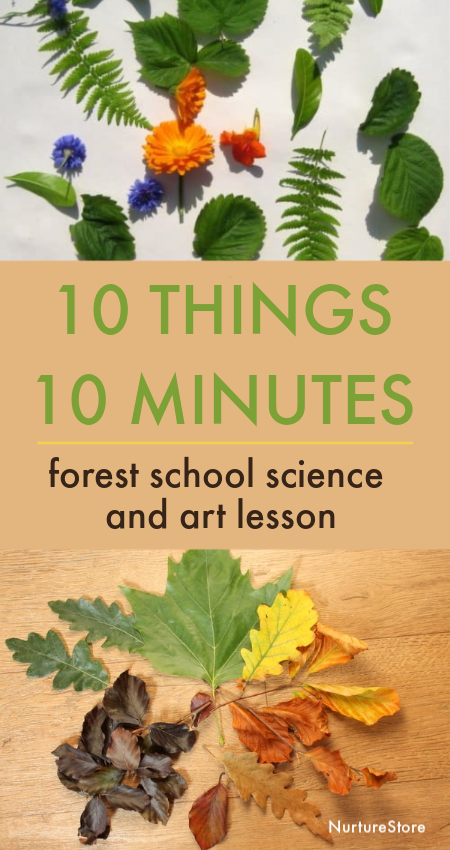
Easy forest school activity starter :: ten things in ten minutes
This is a great forest school lesson if you need a quick activity or if your children need a spark of an idea to help get them started. Let’s see what we can find in ten minutes in the forest.
Sometimes children find the transition into the forest tricky, and sometimes they need a little nudge to help them dive in to everything the outdoors has to offer.
Once they’re off hunting for forest treasure they’ll likely find their own ideas for adventure but I’ve included a few ideas to help you vary or develop this quick activity into a longer exploration too.
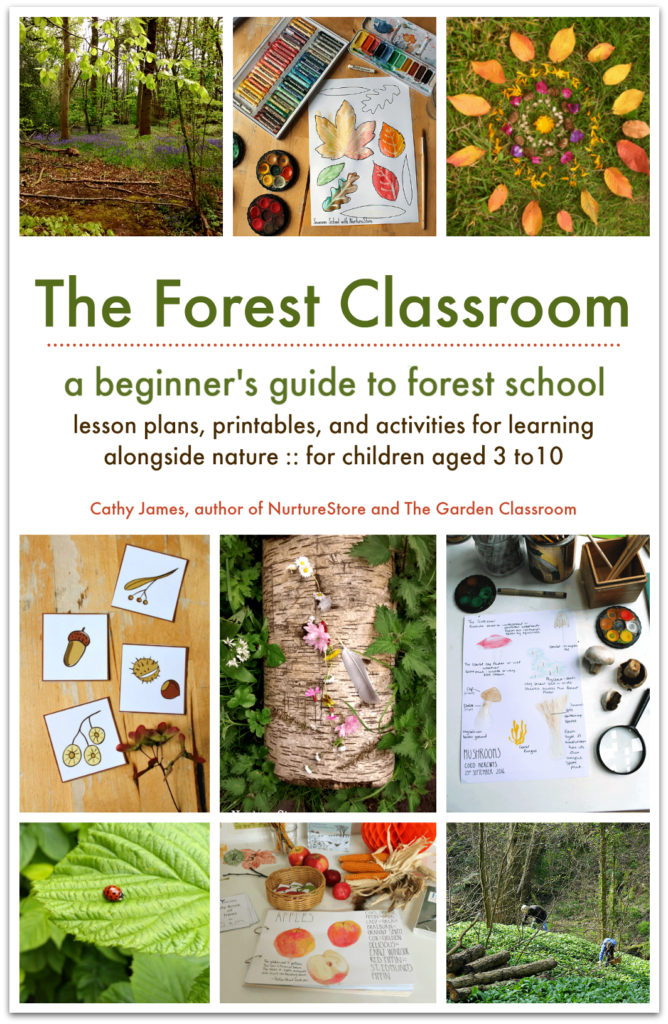
Ready-made forest school lesson plans
Have you got your copy of The Forest Classroom yet? It is the perfect beginner’s guide to running a successful forest school. Download your forest school guide here.
A forest classroom is a place of adventure, discovery, and imagination. It can also be a wonderful place to learn about math and science, explore art and crafts, and develop language and social skills.
The Forest Classroom is a practical guide which will show you how to engage your children in fun and educational forest-school activities.
These ready-made forest school lesson plans are suitable for forest school leaders, teachers, childcarers and parents with children aged 4 to 10, to learn in a forest, school nature area, local park or your own backyard.
Get your copy of The Forest Classroom here and you’ll be ready to head straight outdoors and enjoy teaching, using our ready-made lesson plans.
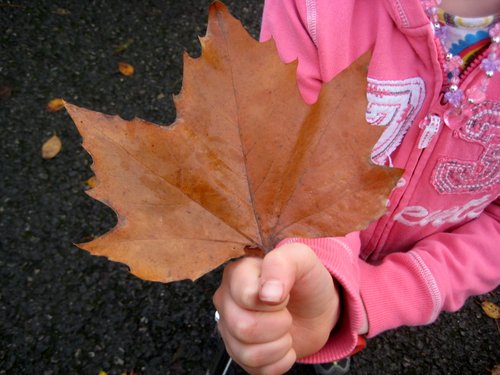
How to play
At any time of year, in any weather, with no props or set-up needed, you can have a great forest school lesson by playing Ten Things in Ten Minutes.
Tell your children they have ten minutes to find ten interesting things in the forest and use them to make something.
Remind them of your agreed rules about what they can and cannot pick/gather.
Set a timer for ten minutes, and off they go!
Encourage them to work alone or in pairs to hunt the area for treasure. What can they find today that would be a good making material?

Once they’ve found their ten things: what can they make?
This is an open invitation, so encourage your children to use their imagination to make whatever their ten things suggest to them.
It could be a picture, a toy or a tool. Something practical or something fantastic.
When the ten minutes are up, gather everyone together to share their creations. Invite everyone to talk about what they found and what they have created, using an open-language prompt: tell us about what you have made. Invite your other children to ask questions too.
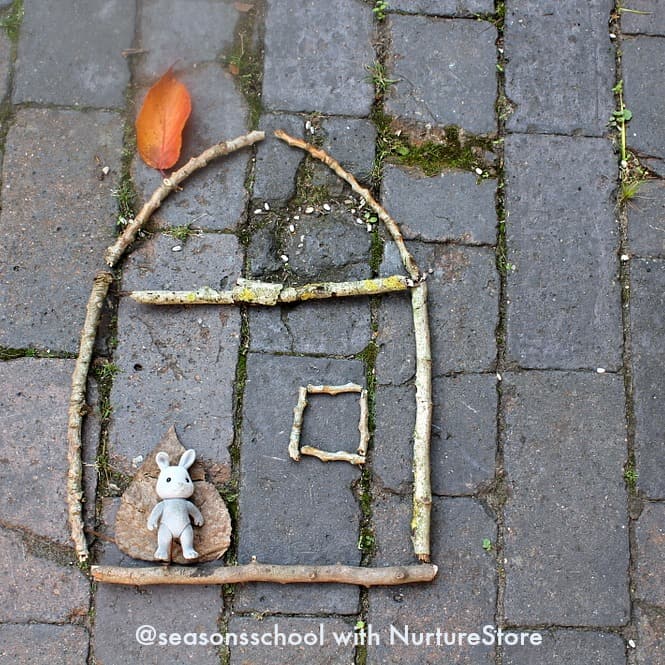
Variations and extensions
This activity can work in many ways. Try these variations:
:: find ten leaves that are all different
:: find ten things that are green / brown / all a different colour
:: find ten things that all feel different
:: find ten things that are all longer than your finger
:: find ten things that are not part of a tree
:: find something no-one else will find
For more forest walking ideas see these themed nature walks for children.
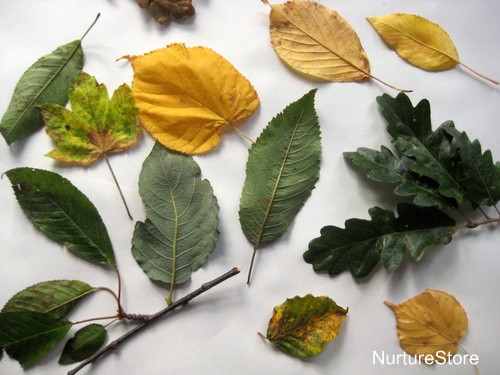
Investigating your finds
Add a science element to your activity by investigating your finds.
Once your children have gathered their ten things, have them place them in a group on a white sheet. Then take a closer look at each thing.
Consider what it looks like, from all sides, using a magnifying glass if you have one.
Investigate the texture of each item.
What words would you use to describe each item?
Has everyone found similar items, or has someone found something unique?
Can you identify all of your ten things? You can use these printable Leaf Identification cards to help. Look up some of your items in a nature identification book.
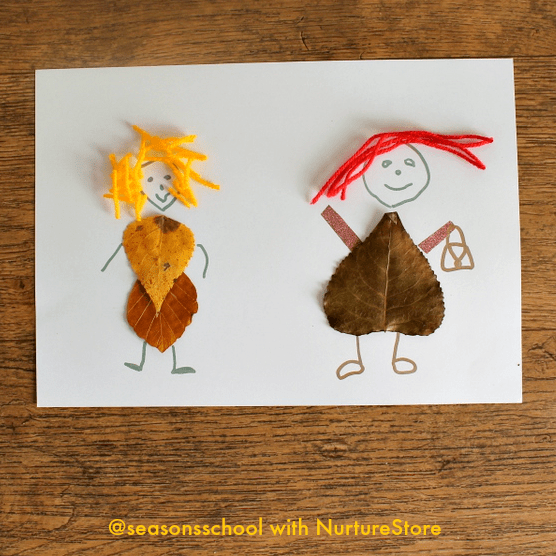
You might also bring your ten treasures back to your indoor classroom to use as art materials. A fun prompt for an art invitation is to see if you can turn your items into people or animals. Stick the nature finds on to a piece of paper and use pens and pencils to add heads, arms and legs.

